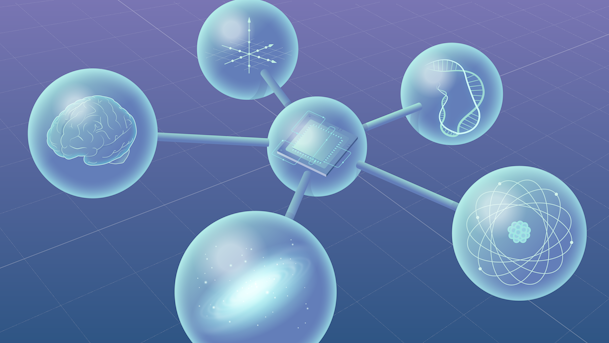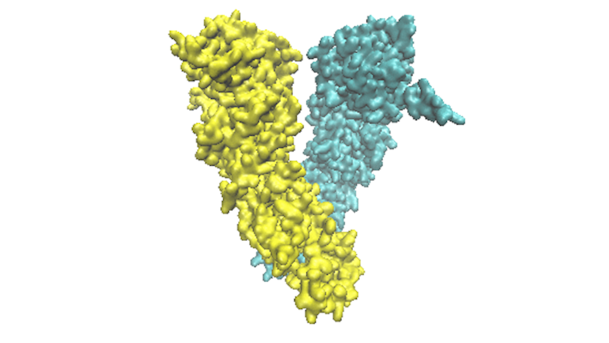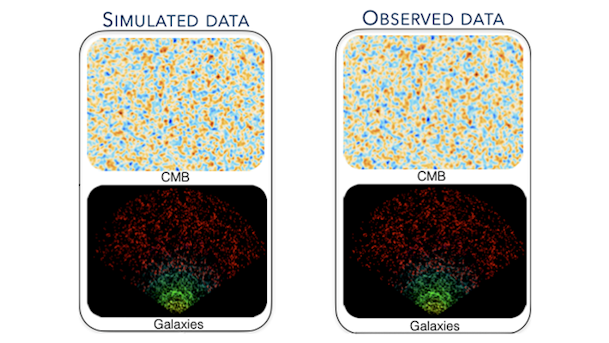The mission of the Flatiron Institute is to advance scientific research through computational methods, including data analysis, theory, modeling and simulation.
Read MoreFeatured News

In 2014, scientists observed X-ray activity from distant galaxies that was thought to be the first evidence of dark matter decay — a landmark discovery that could significantly advance efforts to characterize this puzzling substance. However, a new study from the Flatiron Institute and collaborators suggests that imperfect analysis methods used to detect the activity — called the 3.5 keV line — likely produced a phantom signal.
Our Centers
Center for Computational Biology
Center for Computational Mathematics
Center for Computational Neuroscience
Center for Computational Quantum Physics
Scientific Computing Core
It develops, deploys and maintains computational infrastructure — from supercomputers to desktop PCs — dedicated solely to the use of Flatiron researchers.
Initiatives
Collaborative Work

Machine learning has become an indispensable tool for computational science, and it is an active and growing area of research throughout the Flatiron Institute.
- CCM
- CCN
- CCA
- CCB
- CCQ

Underlying all biological processes are molecules and their interactions with each other. However, our ability to understand how these molecules function over biologically relevant scales remains very limited.
- CCB
- CCM

This collaboration, directed by Greg Bryan of Columbia University, aims to understand and determine the evolution and initial conditions of our universe, using observations via a Bayesian forward modeling approach.
- CCA
- | Columbia University
- | Lawrence Berkeley National Lab
- | Harvard University
- | Stockholm University
- | Institute D'Astrophysique de Paris
- | Université de Montreal
- | Princeton University
- | Carnegie Mellon University
- | Max-Planck Institute for Astrophysics
Flatiron Institute Inclusion, Diversity,
Equity & Advocacy (IDEA) Scholar Program
For distinguished scientists with a particular interest in diversity and inclusion
Scholars may engage in a variety of activities, such as working on scientific projects, starting new collaborations, mentoring junior scientists, and organizing or participating in workshops and career development events.
Software
A major effort of the Flatiron Institute is the development and support of high-quality, open-source software for research.
Research Highlights
An adaptive spectral method for oscillatory second-order linear ODEs with frequency-independent cost
We introduce an efficient numerical method for second-order linear ODEs whose solution may vary between highly oscillatory and slowly changing…
SIAM Journal on Numerical AnalysisUnraveling the Molecular Complexity of N-Terminus Huntingtin Oligomers: Insights into Polymorphic Structures
Huntington’s disease (HD) is a fatal neurodegenerative disorder resulting from an abnormal expansion of polyglutamine (polyQ) repeats in the N-terminus…
The Journal of Physical Chemistry BComputational tools for cellular scale biophysics
Mathematical models are indispensable for disentangling the interactions through which biological components work together to generate the forces and flows…
Current Opinion in Cell BiologyNews & Announcements
December 02, 2024

November 25, 2024

November 18, 2024










